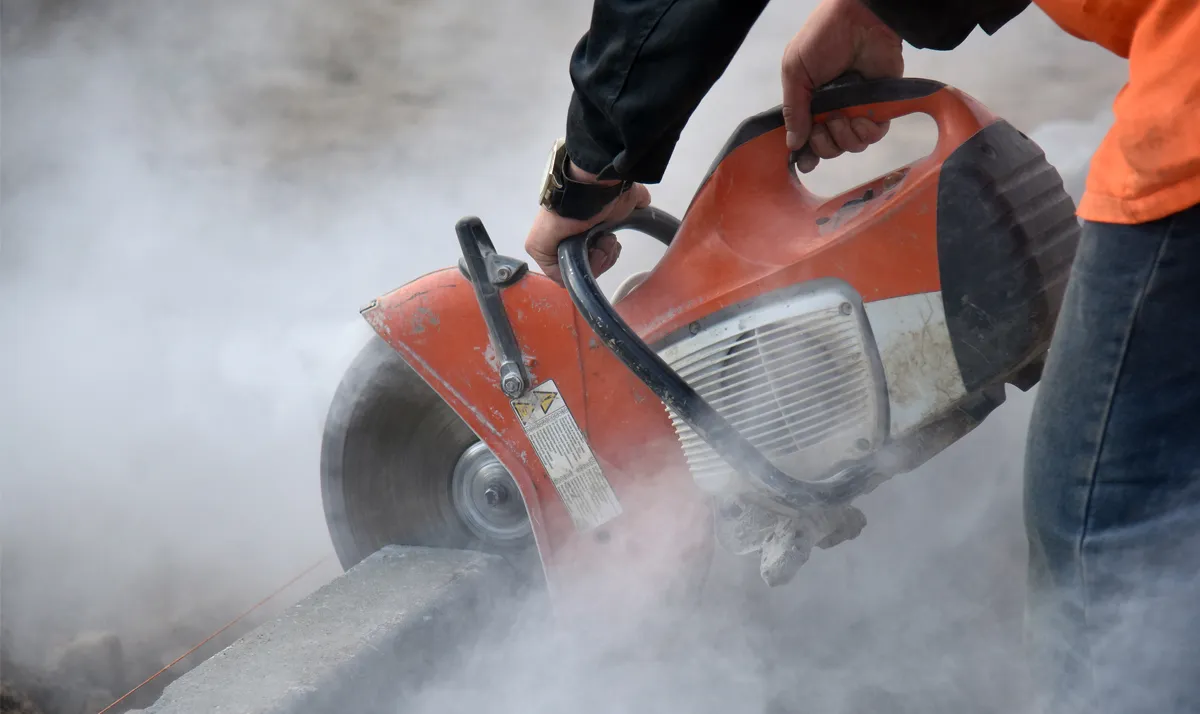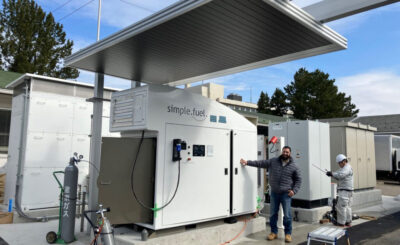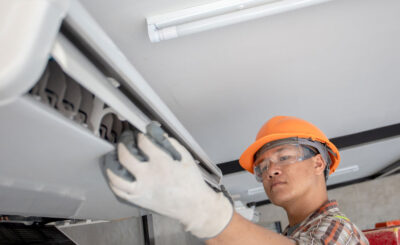Construction dust may pose a major issue for many. Construction workers are particularly vulnerable to the negative health impacts of breathing in airborne dust, but it also poses a concern for those living near construction sites. Having a basic understanding of the dangers of poor air quality and the options available for mitigating them through dust suppression is beneficial to everyone’s health and safety, not just those who work in the construction industry.
Let’s take a look at construction dust and see what you can do to maintain a dust-free worksite.
Types of dust generated on construction sites
Modern construction sites use a lot of different materials. Metal, concrete, wood, sand, sheetrock, and polymers are all popular in the building industry. The hazardous dust emissions from construction sites can be full of diverse particles due to the variety of materials used. One of the terms associated with construction site dust is “respirable silica.” This is simply dust from any variety of quartz, a common mineral that might be emitted into the air when processing various materials. Silica dust is common on construction sites since it is produced when working with concrete, sandstone, and other materials containing silica. Construction sites also generate a significant amount of wood dust. Wood dust can be created when working with hard and soft wood. Materials with lower toxicity, such as limestone, gypsum, dolomite, and marble, will also contribute to dust.
Demolition and dust: The risk of toxic dust
Workers don’t have to be making something to be at risk of dust exposure. The management of dust at demolition sites can be extremely hazardous due to the presence of chemicals that have been discovered to be harmful since the property was built. The EPA asserts that tearing down a structure that was painted with lead-based paint can put people’s health at risk as it creates lead dust. Demolition workers may bring this dust home on their shoes, exposing their families and neighbors to the potentially dangerous lead dust. Workers must take all necessary precautions to reduce their exposure to lead dust. Lead-safe work practices involve minimizing dust production, keeping dust contained within the work area, and using a dust suppression system. It is also important to carefully clean up the demolition debris.
Do some construction tasks generate more dust?
Some construction activities generate more dust and airborne particles than others. For instance, practically any type of cutting will generate a substantial amount of dust. Whether you’re cutting holes in a new sidewalk or sawing lumber for carpentry, cutting generates a lot of dust. Like working with concrete and cement, cutting roofing tiles also releases many particles into the air. Sanding or polishing wood also releases dust into the air, as can the grinding of concrete or other building materials.
In the years to come, there will probably be more dust-related safety and health issues in these working settings as building sites expand in size and number. Construction dust can pose health and safety risks, so businesses, industry groups, regulators, and safety experts should work together to find effective solutions.








